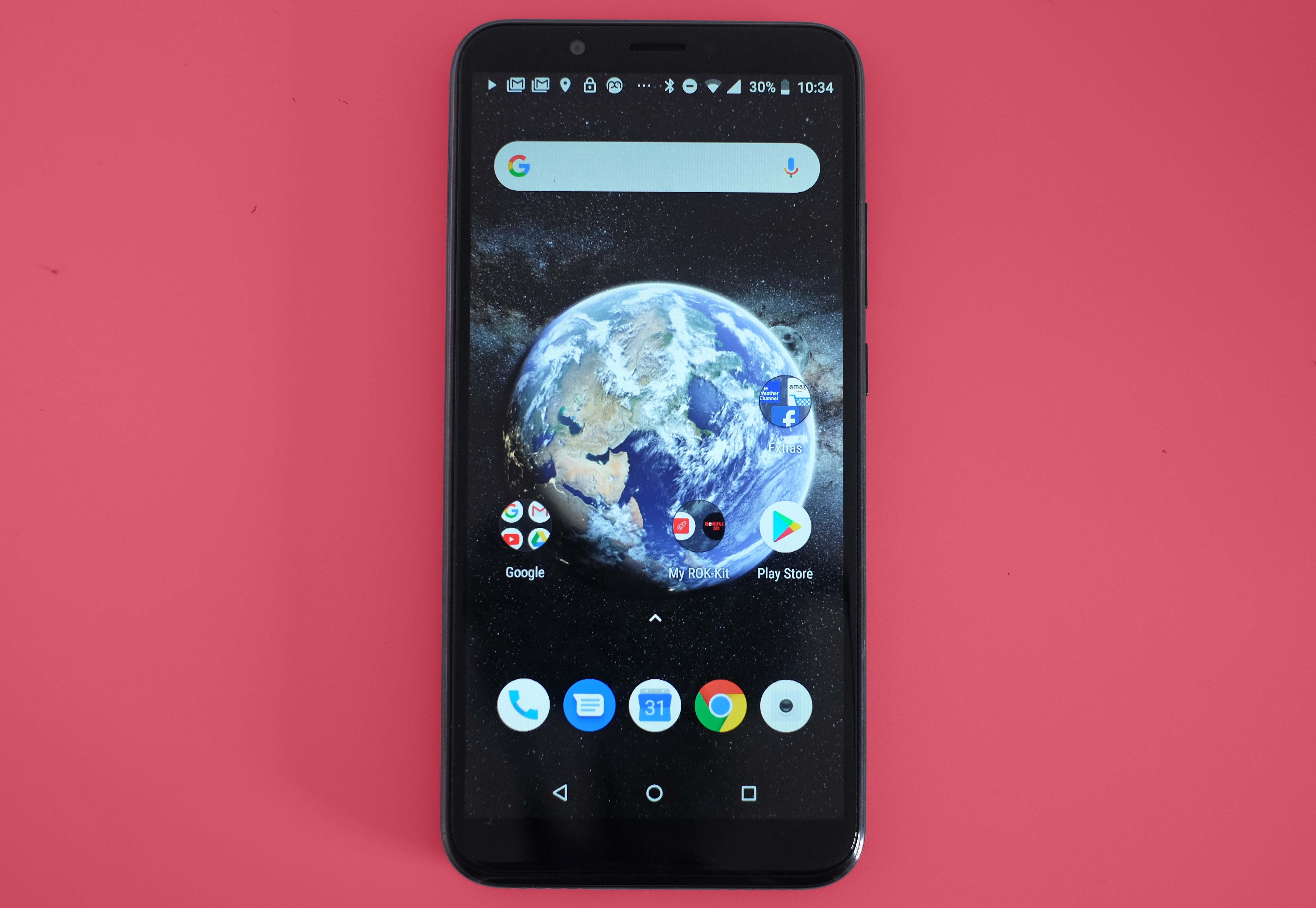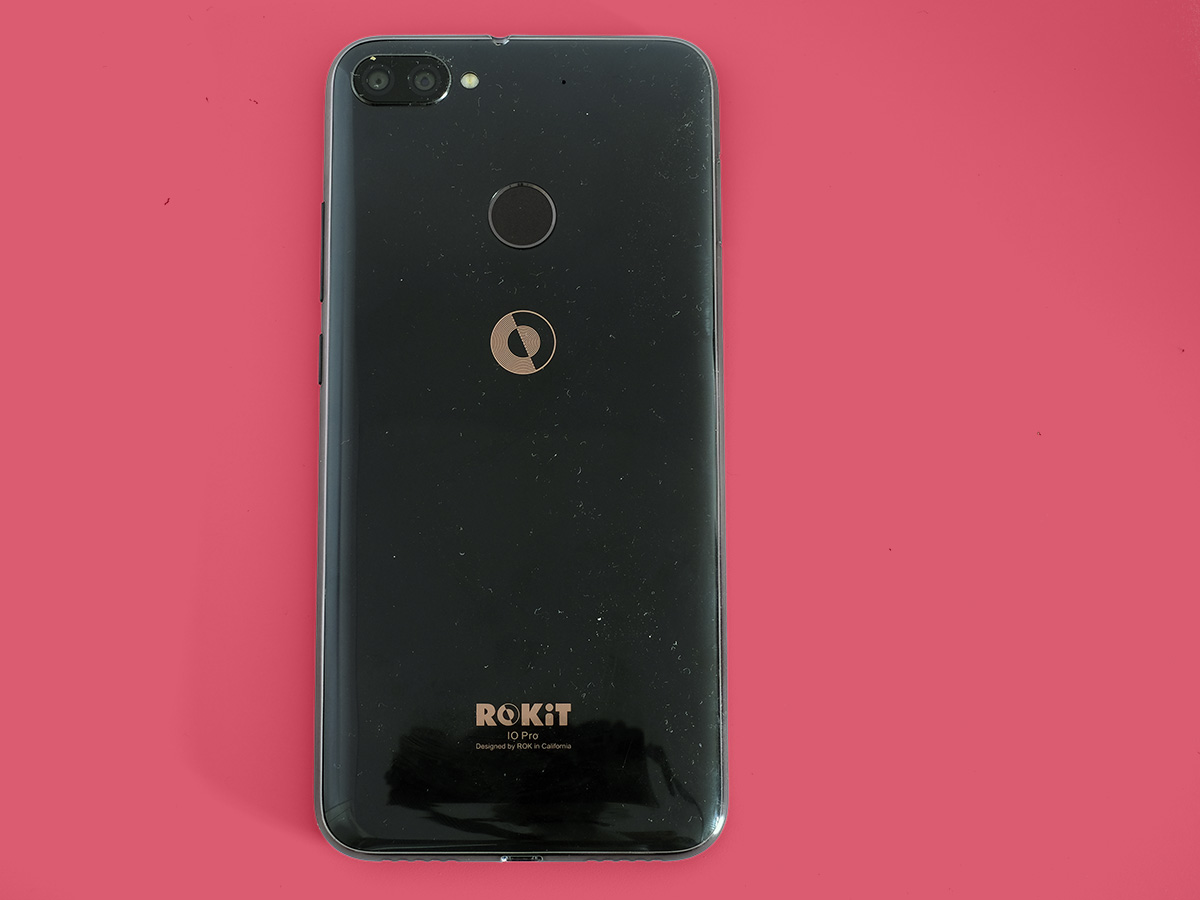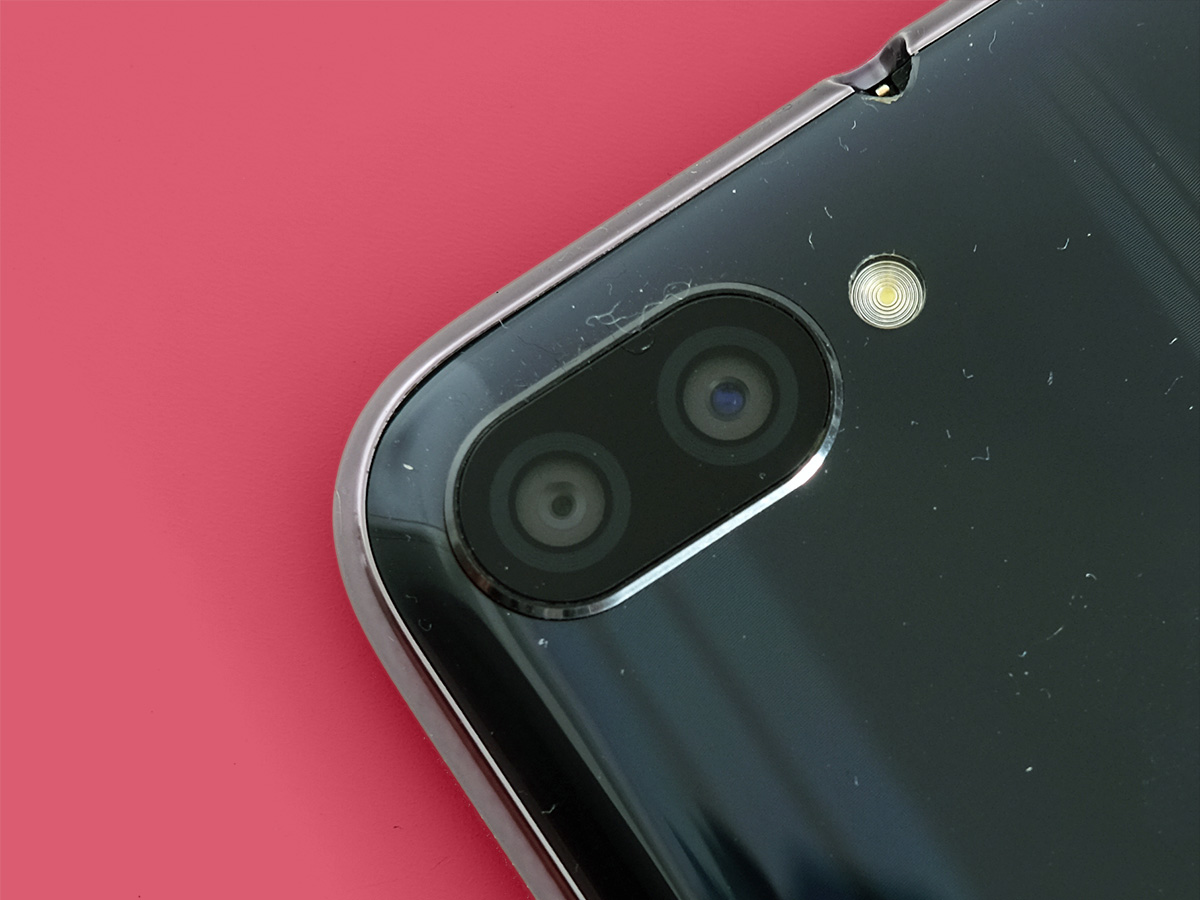Rokit IO Pro 3D review
Rokit's glasses-free 3D phone is finally here - and it's a bit of an oddball
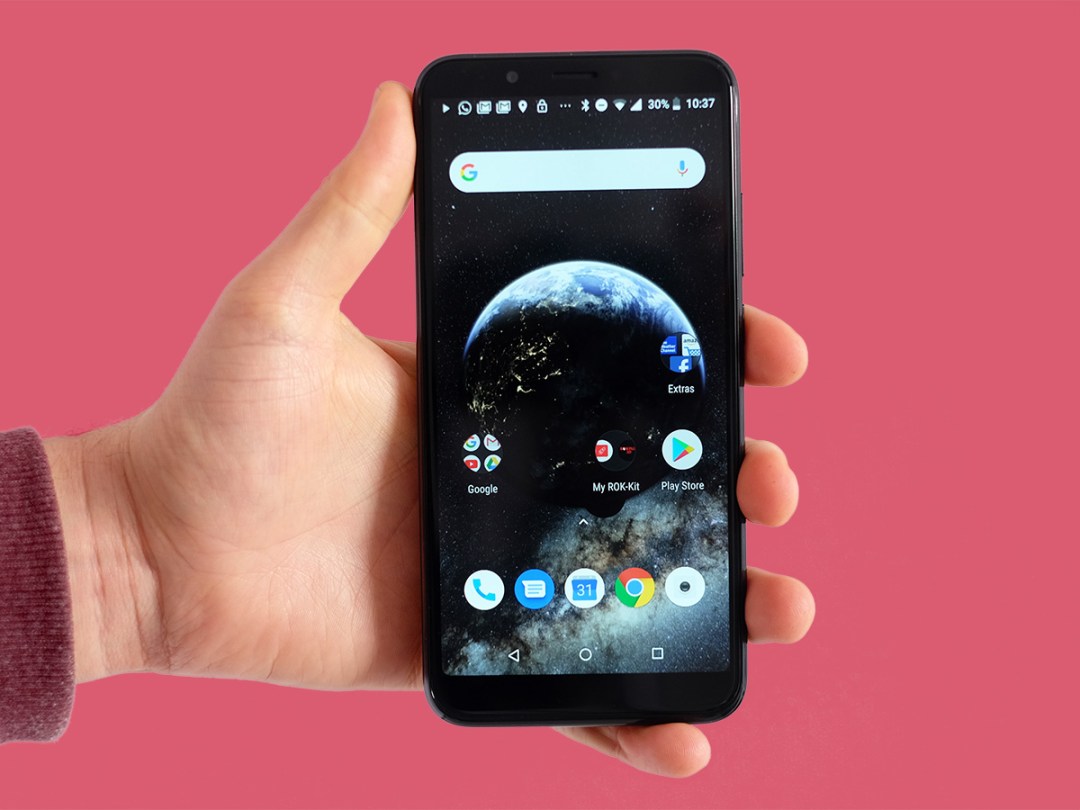
Want to sell a phone that will attract attention? You have to make it cheap, make it fancy or make it weird. Rokit picked option three.
The Rokit IO Pro 3D is the first phone we’ve seen in almost a decade to have a 3D screen. Like the glasses-free TVs you can’t buy anymore, when watching the right content the image seems to poke out of the display, or sink into it.
This is one of the most neatest and unusual features of the year, and it’s in a sub-£300 phone. But it is also not particularly useful when there’s not much content to watch.
Screen
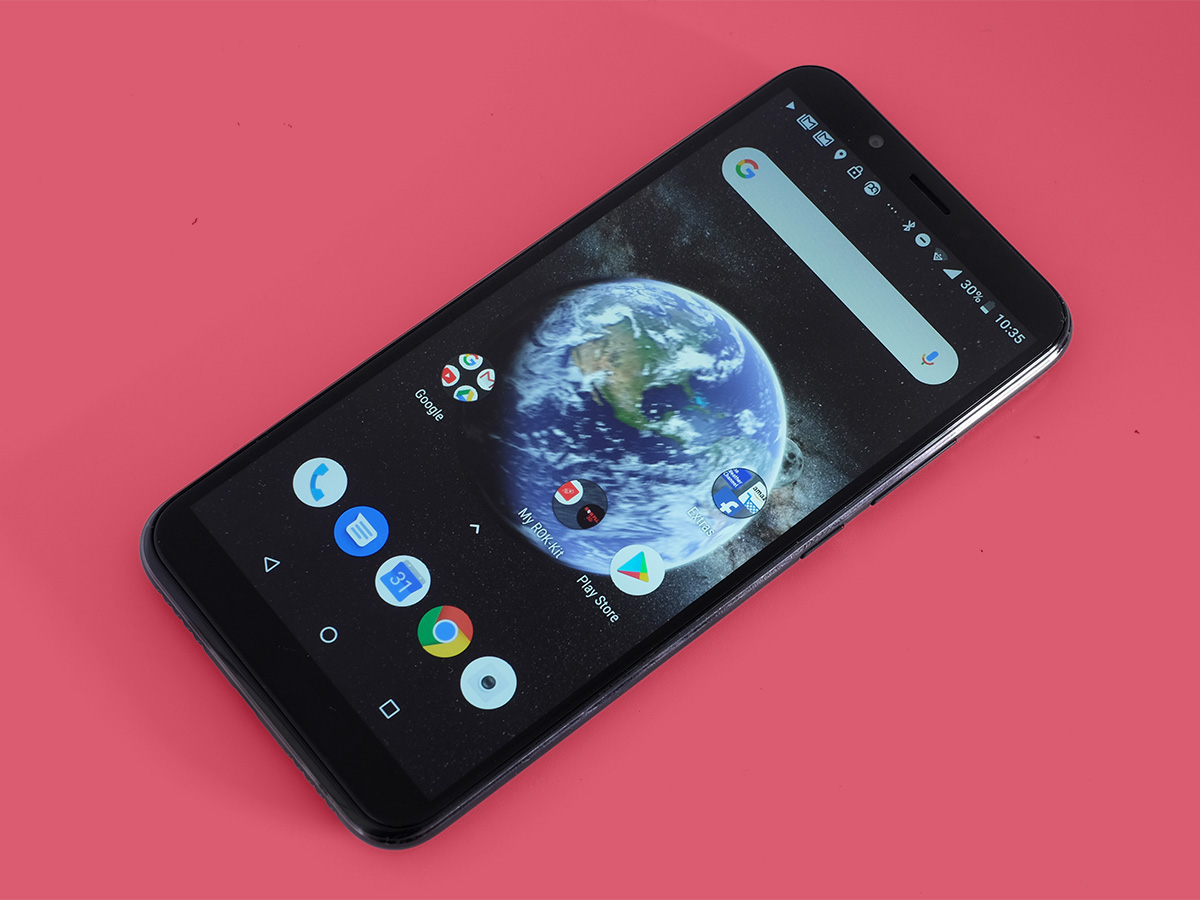
The Rokit IO Pro 3D’s screen is a bit like that of a Nintendo 3DS. It uses a parallax barrier to let your two eyes see different images on the one display.
This is an even neater, and weirder, feature to show off to friends than the Huawei P30 Pro’s 50x zoom. Fire up the Rokit 3D app and you can watch a magician poking some coins out of the screen, complete with a few magic tricks worthy of an 8-year-old’s birthday party entertainment.
It’s fun and enjoyably weird. But there are problems.
The Rokit IO Pro 3D’s screen does not actually seem cutting-edge, because it has all the issues of glasses-free 3D we’ve seen in the past. Its sweet spot is narrow. Move your head a bit and the image fractures as if one of your eyes has suddenly forgotten how to focus properly.
There are some major knock-on effects for normal Android phone use, which is what you’ll do 98% of the time. Basic resolution is halved, as the screen is designed to fling different pixels to each of your eyes. In a 3DS you can turn this off, making the screen 2D, but sharper. While you can turn off the 3D in the Rokit IO Pro 3D’s Settings menu, Android continues to look much more pixellated than it should do in a 1080p phone.
The Rokit IO Pro 3D has a 2160 by 1080 pixel screen, but it looks like a 720p one, at best. At the price there are loads of great high-res options, like the Moto G7. There’s also light level flickering as you tilt the screen back and forwards. You might think, “why would I tilt my phone?” But even a slight bit of hand movement causes lighter and darker bands to travel up and down the Rokit IO Pro 3D’s display.
Display realities
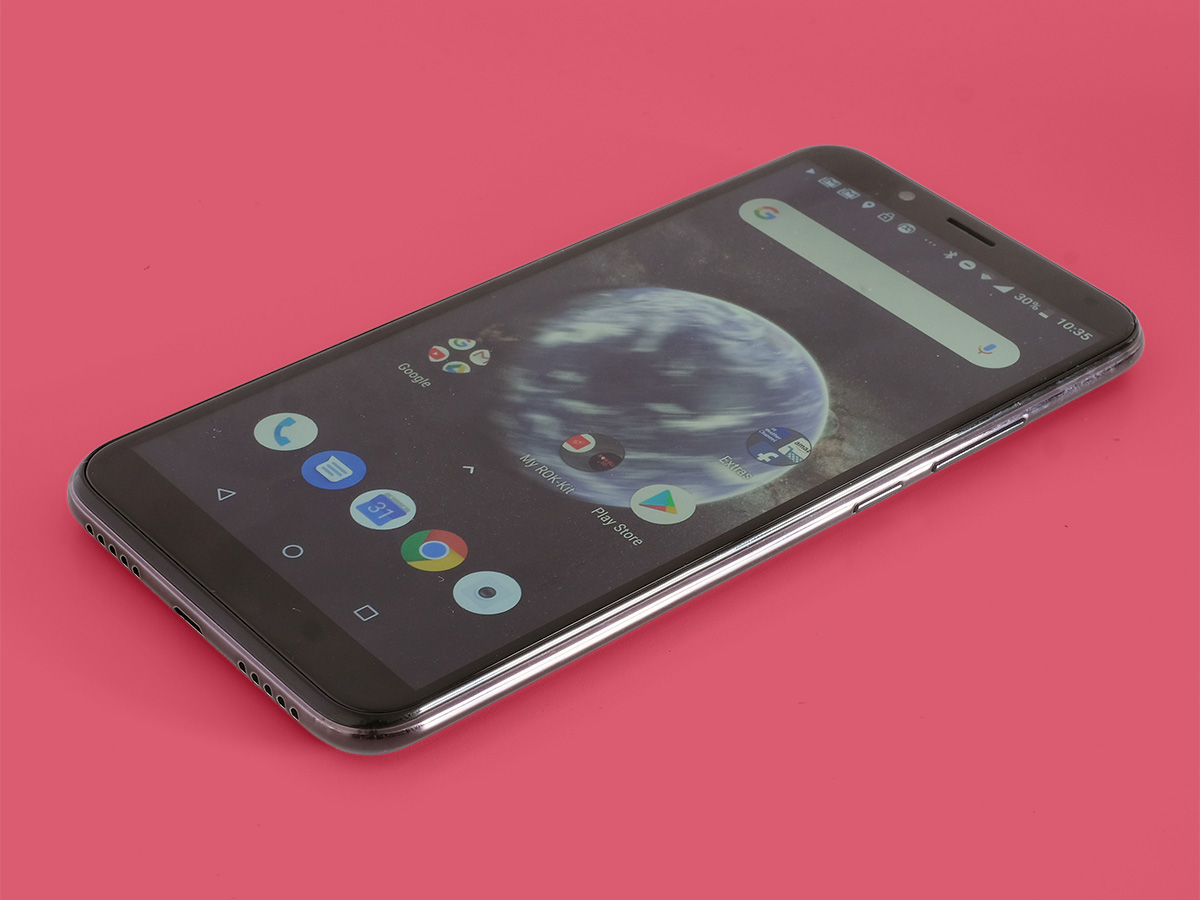
Serious concessions are made for the 3D effect. And the problem is, the Rokit IO Pro 3D can’t justify them. The 3D stuff you can watch is limited.
Expecting the phone to magically turn games like PUBG, Minecraft and GTA: Vice City 3D is wildly optimistic. It can’t. But it also can’t play 3D content outside of the Rokit 3D app. There’s loads of the stuff made for basic VR headsets, and even rudimentary 3D glasses, on YouTube but it won’t play here.
So, what will? The Rokit 3D library ranges from passable if slightly low-rent mini documentaries on space and nature to content-free content slurry that is only worth watching to marvel at how some parts of the image seem to be further back than others.
There are no movies anyone has heard of (no real movies at all), and at launch there are under 30 titles in total. You’ll likely have to pay for at least some future additions, if the currently empty “store” tab in the app is anything to go by. And even if by some work of witchcraft loads of high-profile films start piling onto the ROKIT 3D app, indicators from the past suggest most of us won’t care.
3D films arrived on Blu-Ray and even Netflix, but so few people cared, TV manufacturers stopped making 3D TVs. And most of us won’t even pay an extra quid for the increasingly rare 3D screenings at the cinema.
It’s a weird time to bet on 3D
Features
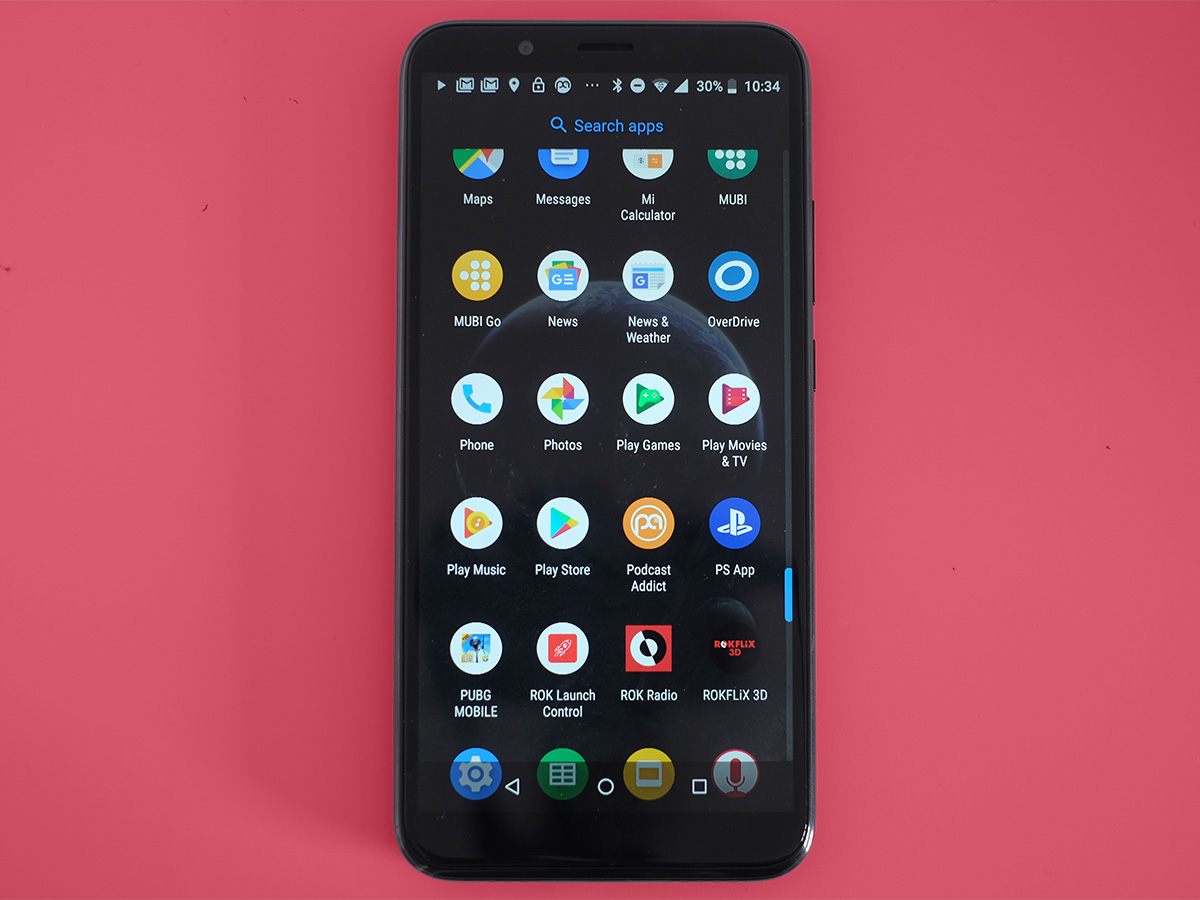
Screen aside the Rokit IO Pro 3D is a perfectly solid phone, but not one that stacks up too well next to price rivals like the Moto G7 Plus and Honor 10. It has an all-plastic body designed to look a bit like glass and metal.
This is the shell of a £150-odd phone because, well, you didn’t think that 3D screen was going to come for free, did you?
The MediaTek P23 CPU isn’t nearly the most powerful at the price, but it runs the (dated) Android 8.1 software just fine, and can handle most of Android’s trickiest games if you nudge the graphics settings down just a little.
There’s no real pain to using the Rokit IO Pro 3D. It’s not slow, the 3850mAh lasts a full day even if you stream a chunk of video, 3D or otherwise. And the dual 13/2-megapixel rear camera array can take fair photos, even if it doesn’t have the clever HDR processing of the best at the price. Again, the camera is more £150-grade than that of a £250 phone.
You can also take 3D photos with the camera, using a separate camera app. This is why that second depth sensor is there for, rather than background blur duties. Like the 3D video, this is only fun to play around with for five minutes.
The Rokit IO Pro 3D doesn’t let you play with the depth effect, making your photos look cartoonishly deep, and the only screen on which they’ll appear 3D is the phone’s own. This phone comes with its own episode of existential dread. You won’t find a token for the “what’s the point of it all” question in the box, but it’s there and will probably strike in the first week or so.
ROKIT seems to know there’s a shelf life to this gimmick, as it tries to squeeze every last revenue opportunity out of its customers. What phone comes with a free trial of a car breakdown service and personal injury insurance? That’s right, it’s this one
Rokit IO Pro 3D Verdict
The Rokit IO Pro 3D is a fun phone, and offers a more potent shot of techie thrills than some flagships. But the high of 3D is extremely brief, and it comes with a hangover.
Rokit’s glasses-free tech makes the screen look worse than a normal one when displaying 2D. And that’s how you’ll view the phone most of the time, given the quality and quantity of 3D footage on offer.
3D on Blu-Ray failed, 3D in home gaming failed, 3D in cinema is on the way out. Rokit’s apparent belief it will have more luck in phones is optimistic. Too optimistic.
Stuff Says…
Trying to resurrect 3D phones is an interesting project, but the Rokit IO Pro 3D proves they are deep in the circles of hell at this point
Good Stuff
Glasses-free screen offers glasses-free 3
Decent battery life
Bad Stuff
3D content is mostly naff
Screen tech worsens normal image quality
Plastic shell
